Growing groundnut plants at home is easier than you might think. Whether you have a small backyard or a farm plot, these protein-packed crops can thrive with the right care. In this guide, we’ll walk through the top 7 steps to grow healthy groundnut plants, using simple language and real-life tips just like explaining it to a friend.
What Exactly Is the Groundnut Plant?
Groundnut, commonly known as peanut, is a legume that produces its edible seeds underground. Despite being called a nut, it actually belongs to the bean family.
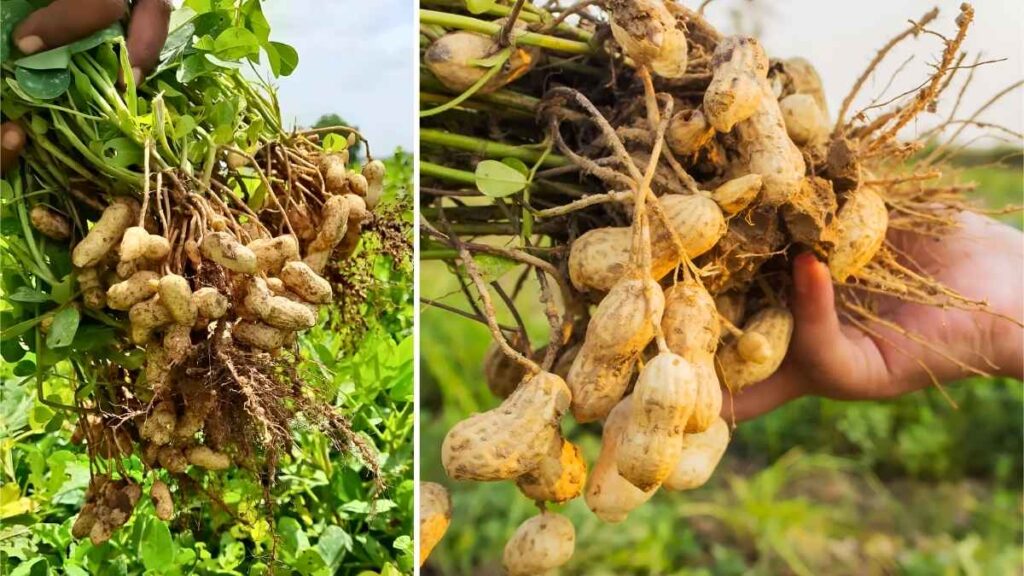
Here’s why it’s worth growing:
- Groundnut is rich in protein, healthy fats, and fiber
- It improves soil fertility by fixing nitrogen naturally
- The plant grows well in warm climates with minimal care
- You can grow it from raw, unshelled peanuts at home
Unlike most plants, the flowers grow above ground, but the actual pods (peanuts) form below the soil surface a unique trait called geocarpy.
When to Start Planting Groundnuts for the Best Results
Timing matters when it comes to groundnut planting. The seeds need warm soil to germinate and grow well.
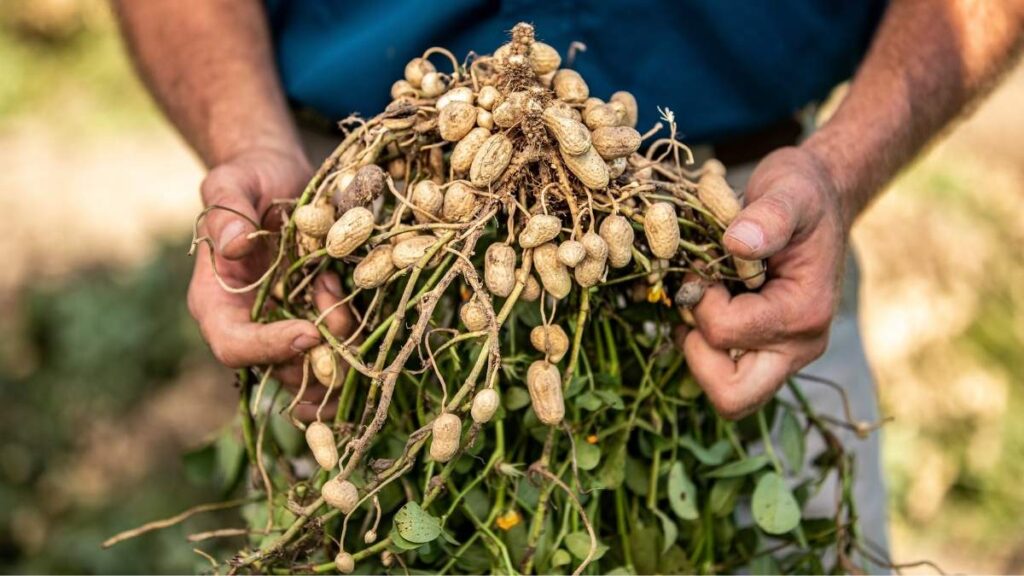
- Start planting in late spring or early summer
- The ideal soil temperature is 20°C or higher
- Avoid planting during cold or frost-prone months
- In India and similar climates, April to June is best
A warm, frost-free window of about 4 to 5 months is needed for a successful harvest.
How to Prepare the Soil for Groundnut Plants
Good soil preparation leads to strong roots and better yield. Groundnuts grow best in loose, sandy or loamy soils.
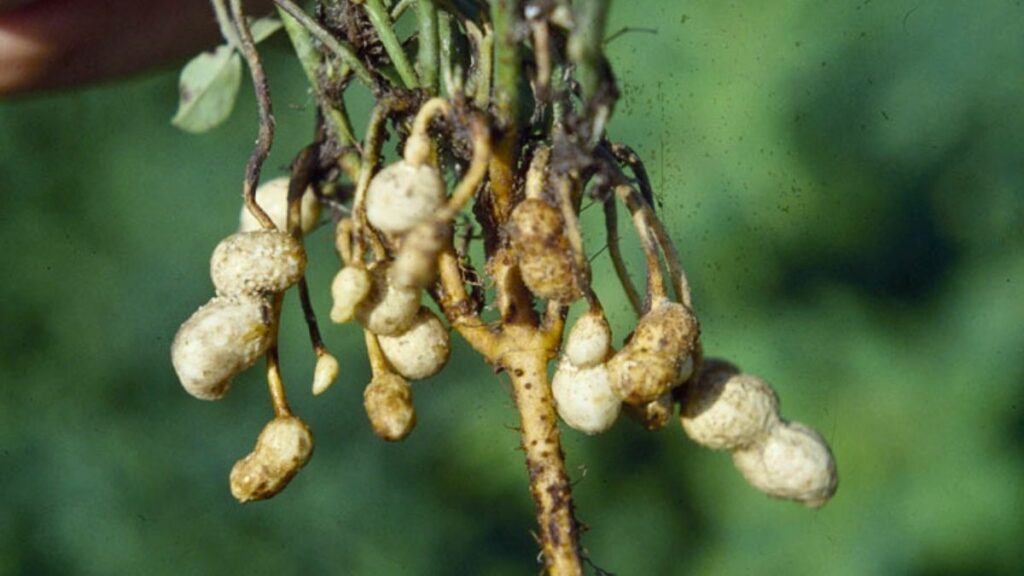
Steps to prepare the soil:
- Choose a sunny location with full sunlight
- Loosen the soil to a depth of 8–10 inches
- Mix in compost or well-rotted manure to enrich the soil
- Avoid clay-heavy or poorly drained soil types
Groundnuts prefer slightly acidic to neutral soil with a pH between 5.8 and 7.2.
What’s the Right Way to Plant Groundnut Seeds?
Planting groundnuts is simple, but proper spacing and seed quality are key.
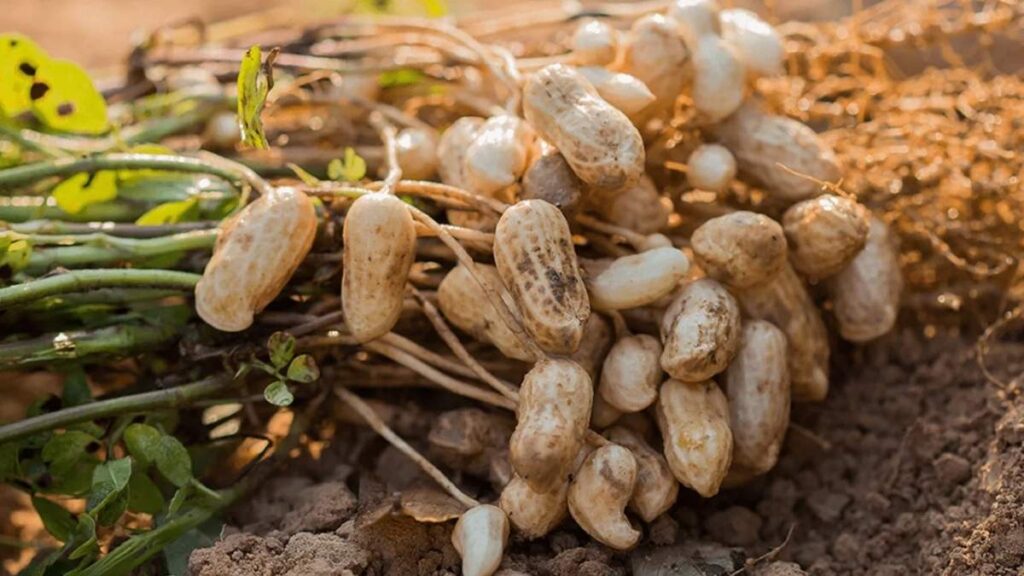
To plant them correctly:
- Use raw, unsalted, unshelled peanuts as seeds
- Soak them in water for about 12 hours before planting
- Plant each seed 1.5 to 2 inches deep in the soil
- Leave about 12–18 inches between plants and 24 inches between rows
- After sprouting, thin them to the strongest seedling per spot
Within 7–10 days, you should see the first shoots emerging from the soil.
How IBR Care Helps Groundnut Plants Grow Better
Proper care during the growing period boosts both health and yield of your groundnut crop. IBR in this context means Irrigation, Basic Maintenance, and Regular Monitoring.
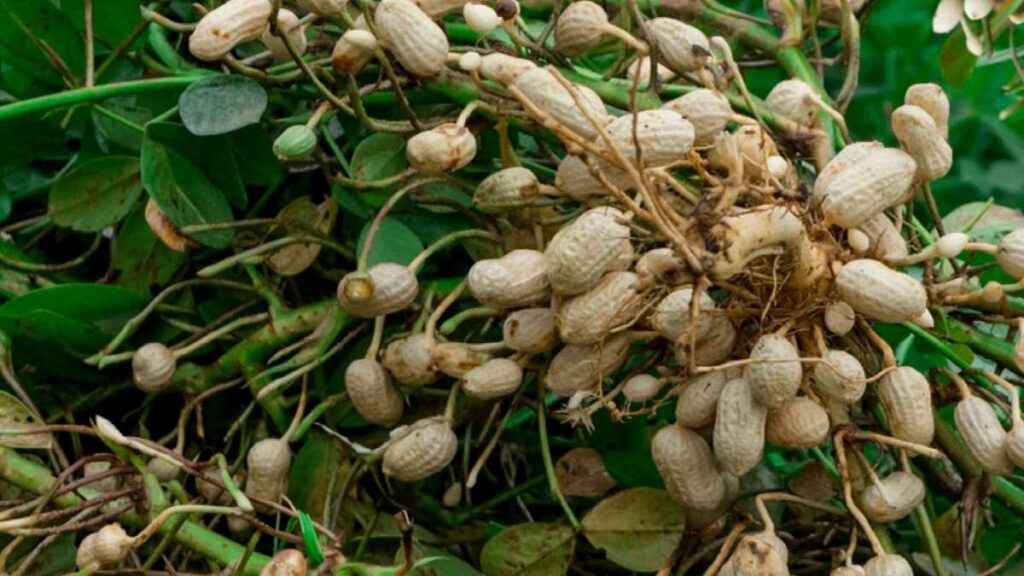
Key things to focus on:
- Watering: 1–2 inches per week, more during flowering
- Weeding: Keep the area clean to reduce competition
- Soil hilling: Gently mound soil around the base after flowering to help pods develop
- Fertilizing: Use low-nitrogen, organic fertilizer if needed
- Pest control: Watch out for aphids and fungal infections
Also, don’t disturb the soil too much once flowering starts this is when the plant sends “pegs” underground to form the pods.
What They Are: Common Mistakes with Groundnut Plants
Avoiding common errors can make a big difference in your harvest. Here are a few problems beginners often face:
- Overwatering can cause root rot and fungal diseases
- Planting in cold soil delays or prevents germination
- Using roasted or salted peanuts these won’t sprout
- Crowded planting leads to poor airflow and lower yields
- Not rotating crops encourages pests and depletes the soil
Always start with healthy seeds and give each plant enough room to grow.
What Is the Best Way to Harvest Groundnuts at Home?
Groundnuts are usually ready to harvest 4 to 5 months after planting. Knowing when and how to dig them up makes all the difference.
To harvest successfully:
- Watch for yellowing leaves a sign of maturity
- Carefully loosen the soil with a fork or hand tool
- Pull up the entire plant with pods attached
- Shake off the soil and hang the plants to dry for a week
- After drying, remove the pods and let them cure indoors for 1–2 more weeks
Proper curing helps the peanuts develop flavor and last longer during storage.
What Is the Final Step: Storing and Using Your Groundnuts
Once dried and cured, groundnuts can be stored for months or used right away.
Storage tips:
- Keep them in a cool, dry, airtight container
- Unshelled peanuts last longer than shelled ones
- Roast, boil, or press for oil they’re incredibly versatile
You can also save a few pods to plant next season, as long as they’re raw and unsalted.
FAQ: Groundnut Planting and Care
What is the best time to plant groundnuts?
The best time is between April and June, when the soil temperature is at least 20°C and there’s no risk of frost.
How long does it take for groundnuts to mature?
Groundnuts typically take 120 to 150 days (4 to 5 months) to fully mature, depending on the variety and climate.
What type of soil is best for growing groundnuts?
Loose, sandy loam soil that drains well and is rich in organic matter is ideal. Avoid heavy clay soils.
Can I grow groundnuts in containers?
Yes, groundnuts can grow in deep containers (12–18 inches) filled with loose, fertile soil. Ensure proper drainage and sunlight.
Why are my groundnut plants turning yellow early?
Early yellowing can be due to nutrient deficiency, water stress, or pest attacks. Check soil condition and look for signs of pests or diseases.



